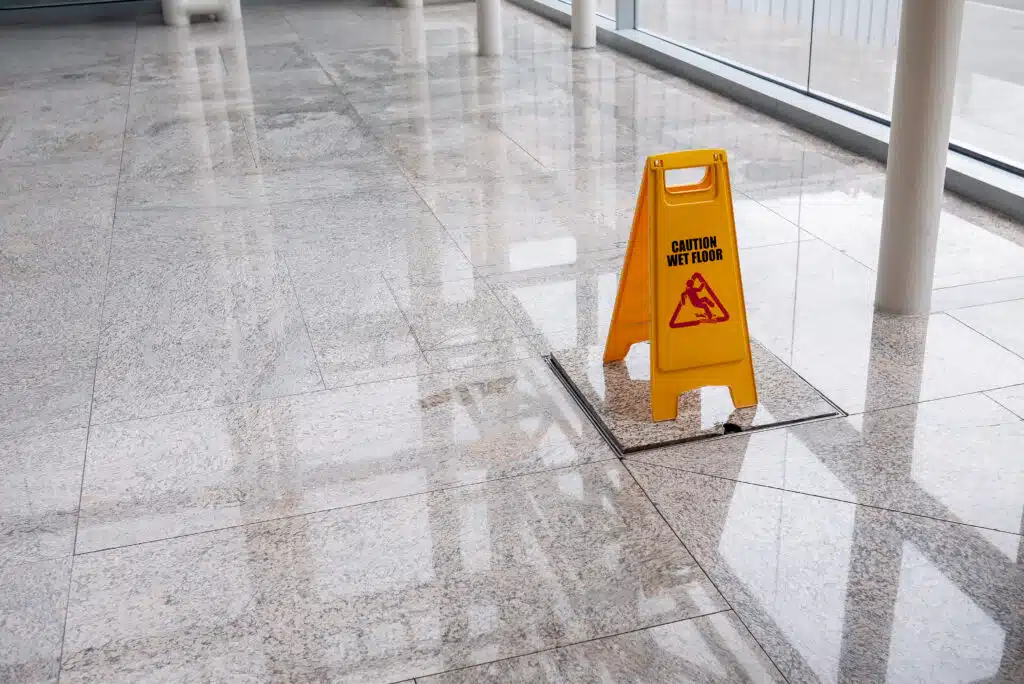Slip and fall accidents happen often in New York City and can cause serious injuries. When someone is hurt in such an incident, they might decide to pursue a legal claim for compensation. Many of these cases settle out of court, but several factors influence this outcome. Knowing these factors can help both sides handle the legal process better. Settling out of court often saves time and money and can provide a quicker resolution. Knowing what drives these settlements can be crucial in deciding the best course of action.
Severity of Injuries
The severity of the injuries sustained in a slip and fall accident is a significant factor in whether a case settles out of court. More severe injuries typically result in higher medical expenses and lost wages. These costs can motivate the defendant to settle quickly to avoid the risk of a higher payout if the case goes to trial. For the plaintiff, a settlement can quickly provide the money needed to handle serious injuries. On the other hand, minor injuries might not justify the prolonged effort and expense of a court trial, making settlement more appealing.
Evidence Available
The strength of the evidence plays a crucial role in the decision to settle a slip and fall case out of court. Clear evidence of negligence by the property owner, such as security footage or eyewitness testimony, can pressure the defendant to settle. When the evidence strongly supports the plaintiff’s claims, the defendant may prefer to avoid the uncertainty of a trial. Conversely, if the evidence is weak or unclear, the defendant might be more inclined to contest the claim in court. Both parties often assess the evidence early in the legal process to determine their chances of success.
Legal Costs
Legal costs are another important consideration in whether a slip and fall case settles out of court. Trials can be costly, with expenses like attorney, court, and other related costs. For both plaintiffs and defendants, these costs can add up quickly. Settling out of court can significantly reduce these expenses. This financial aspect often leads parties to negotiate a settlement rather than pursue a lengthy and costly trial. Saving on legal fees can make settling more appealing for both sides.
Insurance Involvement
The involvement of insurance companies can also influence the likelihood of a slip and fall case settling out of court. Insurance adjusters often aim to settle claims quickly and for as little money as possible. They typically evaluate the risk of going to trial versus the cost of settling. If the insurance company believes that settling is more cost-effective, they may push for an out-of-court resolution. What’s in the insurance policy and the adjuster’s opinion can significantly affect how the settlement goes.
Negotiation Willingness
The willingness of both parties to negotiate is a key factor in whether a slip and fall case settles out of court. Some plaintiffs and defendants prefer to avoid the stress and uncertainty of a trial. If both sides are open to compromise and willing to engage in productive negotiations, a settlement is more likely. Mediation can also facilitate these discussions, helping both parties reach an agreement. However, if either party is unwilling to budge on their demands, the case is more likely to proceed to trial.
Several factors influence whether a slip and fall case in NYC settles out of court. The severity of the injuries, the quality of the evidence, and the legal costs are all important factors. Insurance companies’ involvement and the parties’ willingness to negotiate further impact the likelihood of a settlement. Understanding these factors can help plaintiffs and defendants make informed decisions about their legal strategy. Settling out of court can provide a quicker, less expensive resolution. However, every case is different, so deciding to settle should involve looking closely at all these factors. This way, both sides can aim for the best outcome.

